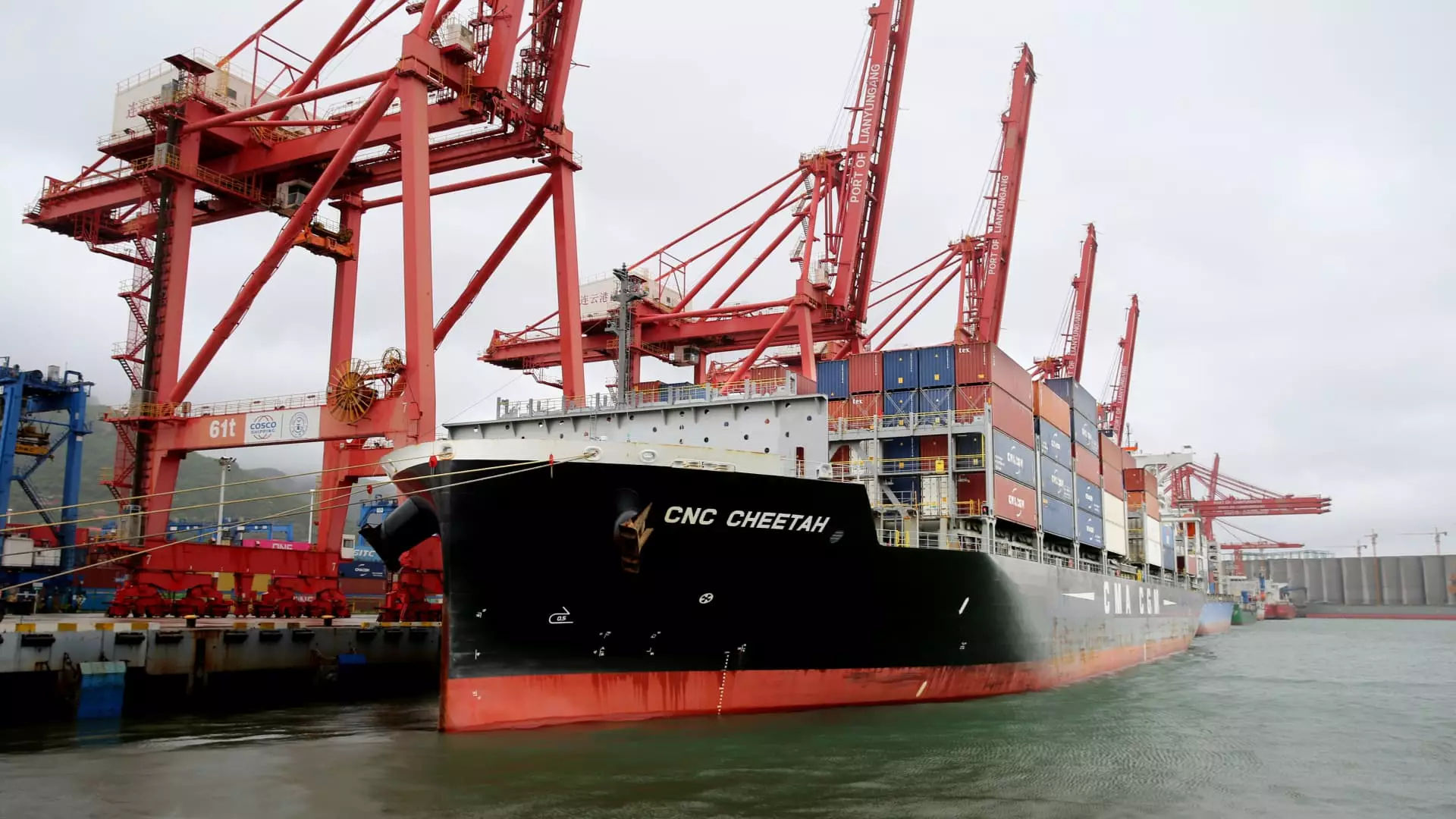The current state of U.S. tariff policies reveals a shocking reality that should set alarm bells ringing. With an average effective tariff rate soaring to an astonishing 17.8%, we find ourselves in an economic climate reminiscent of the Great Depression, the last time tariffs reached such dizzying heights. The Yale Budget Lab’s latest report unearths a troubling trend that exposes not just the fragility of our trade relations, but also the potential suffocation of the American household economy. It’s baffling that in an era of supposed globalization and trade agreements, we are reverting to economic isolationism, which only serves to burden consumers.
Impact on American Households
The implications of these tariffs are not trivial; they cut deep into the average American household, costing them approximately $2,800 in the short run. This figure should ignite a sense of urgency among policymakers and citizens alike. It raises significant questions about the wisdom of embracing such protectionist measures, especially in a global economy where the chains of production and supply are intricate and interconnected. If anything, the report signals that current trade diplomacy is not just superficial; it is precariously balanced on hefty tariffs that are hurting the very entities they are supposed to protect—the American consumer.
Policy Decisions and the Future of Trade
Recent trade deals, such as the temporary reduction of tariffs between the U.S. and China, are touted as steps towards progress. However, the jump from punitive rates of 145% to a mere 30% still feels like a band-aid on a gaping wound. Even with the anticipated reductions, economists have remarked how the overall tariff climate remains excessively burdensome. Meanwhile, the agreement with the U.K. has done little to alleviate economic strain, illustrating the weaknesses in the administration’s strategy. A 10% tariff on automobiles instead of a staggering 25% hardly constitutes a victory. It reflects a myopic approach to trade that fails to consider the long-term ramifications of such punitive measures.
Consumer Behavior in Response to Tariffs
Interestingly, the report indicates that businesses may adapt their purchasing strategies to evade these rising costs, altering the economic landscape in unpredictable ways. Economists forecast an effective tariff rate adjustment to about 16.4%, if substitution effects are considered. However, the uncertainty surrounding when and how this adjustment will manifest adds another layer to the convoluted tariff dilemma. The notion of American consumers curtailing their spending in favor of cheaper alternatives is worrisome; it indicates a shift towards frugality that could stagnate economic growth.
In a climate that is continually oscillating between protectionism and liberal trade policy, the need for a thoughtful approach to tariffs is critical. The destructive consequences of unchecked tariffs not only stifle consumer choice but risk greater economic unrest. It’s time for advocates of center-wing liberalism to reclaim the dialogue around trade policies and steer the narrative towards a framework that prioritizes fair trade without punishing American households. Rather than clinging to outdated ideologies of economic nationalism, let us work towards rebuilding a robust economy that benefits all, not just a select few.

